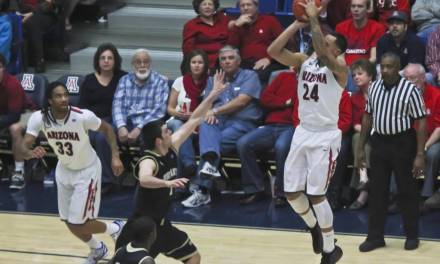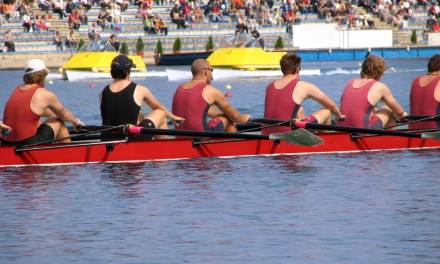3-point shooting is one of the most difficult skills to teach in basketball.
Players in the NBA make scoring 3-point shots look relatively simple. However, a lot of coaching and experience has gone into their ability to make these shots.
Some NBA teams bring players into the team specifically because they are experts at 3-point shooting, as the ability to score long-distance baskets can really make a difference in close games.
However, if you are coaching this to inexperienced and younger players that do not have the strength and height of NBA players then this can be a real challenge.
Advice from the pro
Like all advanced skills, the technique is going to be really important and NBA star Stephen Curry gives his advice on the technique:
“You’ve got to have good balance,” Curry explained. “A lot of people focus on your hands with your jump shot but it starts with your feet being squared to the basket and having good balance. You got to have a solid follow-through so that each shot is as smooth and as repetitive as possible.”
The physics behind the 3-point shot
A physics professor at Creighton University looked into the physics behind getting the perfect three-point shot:
With an arc of 45 degrees, a speed of just under 20 miles per hour and two revolutions per second of spin, at 20.9 feet from the basket, the player has the makings of the perfect 3-point shot.
Now unless you are analysing at a high standard, you probably are not going to start looking at measuring the speed and revolutions of spin!
So it is more realistic to show video demos of players like Curry taking the shot and coaching it by breaking the technique down into smaller parts.
Technique broken down into stages
- Focus eyes on the target (even after releasing ball)
- Feet kept at shoulder distance apart, pointing feet towards basket
- Bend knees as you take the shot
- Get into the ‘shot pocket’ position (where the shooting arm is set in a vertical plain with elbow bent)
- Air hole goes between index and middle fingers
- Fingertips should be parallel to ball seams and fingers spread, ball sitting on finger pads
- Non-shooting hand on side of ball but not applying pressure, just balance
- Elbow under the ball, with ball in front of you as it releases
- Use power from legs, core and arms in one transition, releasing ball as you reach the top of your jump
- Elbow and wrist extends towards basket with hand extending toward rim
- Backspin should be symmetrical and you should land in same place you jumped
Working through this technique is the first place to start when coaching the 3-point shot.
The player should continue practising before you then add a game situation drill into the mix. There will be areas such as the backspin and the grip that may need some extra attention to perfect.










